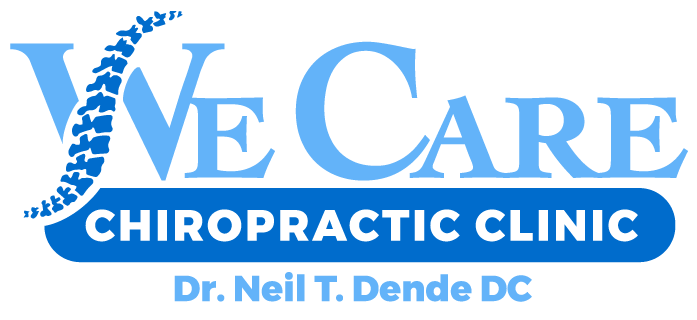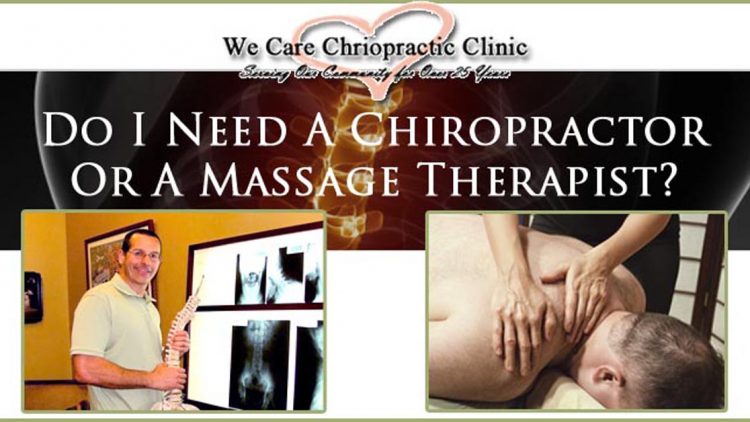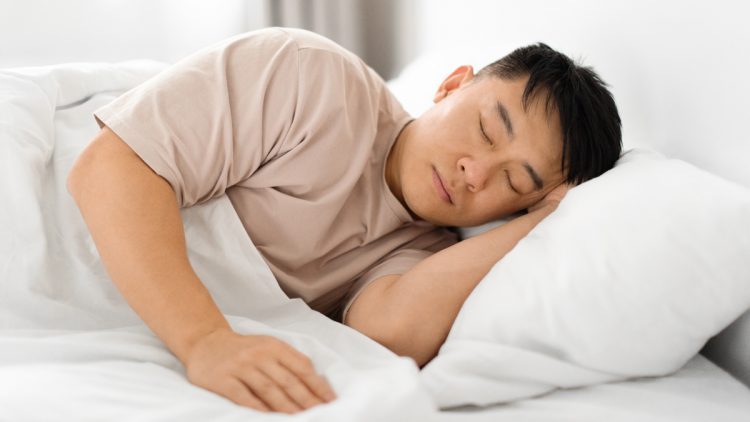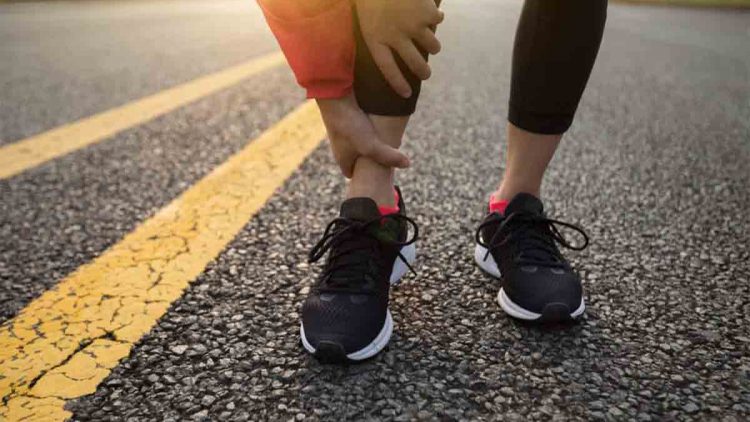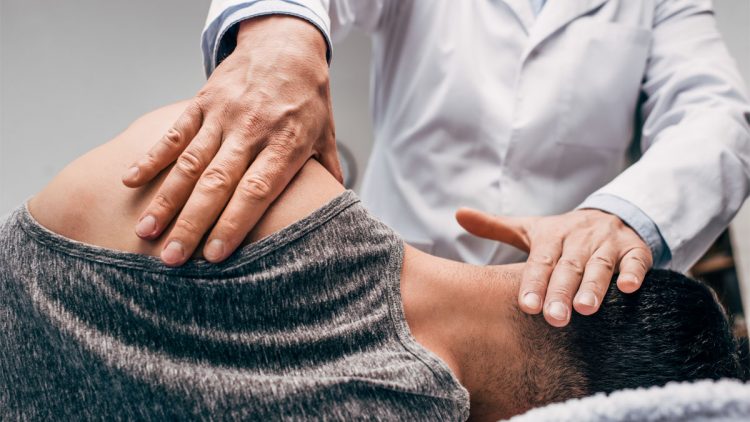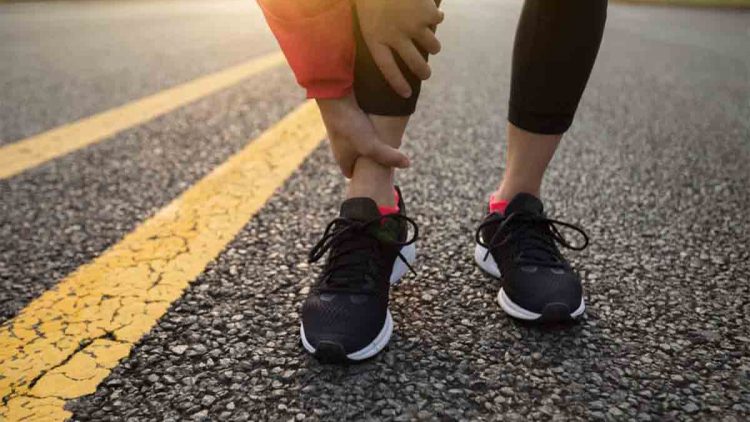Massage Therapy Vs Chiropractor
WE CARE CHIROPRACTIC
24/7 Emergency Auto Injury Appointments In Glendale, AZ
When you’re asking yourself “Do I Need A Chiropractor Or A Massage Therapist?” it is usually due to pain or discomfort in your body. Our bodies may be a multi-faceted machine, but they are still delicate. When the body breaks down, it causes pain. When our body is in pain, treatment is needed to diagnose the symptoms. There are several options available in Glendale, Arizona including chiropractic care, physical medicine, and massage therapy. But, how is the appropriate course determined? If you are looking for an all-natural treatment process, then you may want to consider a chiropractic adjustment or massage. Both of these options provide healing with focus on the nervous system, but using different methods. Although, both have the common goal of restoring your health and wellness.
Patient Needs
Pain that affects the hard tissues, such as the joints and spine, or the soft tissues, such as the ligaments and muscles, are likely to occur at some point in a person’s life. Certain injuries can suddenly bring the onset of pain, including car accident and athletics. In addition, repetitive habits can lead to chronic pain, affecting the musculoskeletal system. The result, a limited range of motion due to tissue damages. In situations like this, both a massage therapist and chiropractor will be able to restore mobility to the body.
It is common for people to have difficulties determining between chiropractic care and massage therapy for treating their pain. A similar philosophy is shared by both methods: being hands on and drug free. There are things to consider when choosing the treatment method, including patient history, insurance options, and severity of pain.
Massage as Therapy
The use of massage therapy focuses on symptoms which are muscular. This includes overworked areas, muscle spasms, etc. Massage therapy can benefit areas of tension, strained, or pulled muscles. Massage therapy is more than a luxury treatment for pampering, there are legitimate medical benefits which assist a patient’s pain management and their overall recovery.
Additionally, massages impact the nervous system using soft tissue manipulation. This benefits the top layer of muscles using pressure of the massage, encouraging fluids and energy to freely flow. The treatment on soft tissue assists with correcting spine misalignment as well.
However, unlike a chiropractor, massage therapists do not require a license to adjust joints or the spine, nor are they able to prescribe medications. Although, they are able to suggest homeopathic and holistic remedies in combination with the massage therapy treatment. Depending on the issue, there are many techniques used in massage therapy, including deep-tissue, Swedish, trigger point, and cranial sacral therapy. The following are some benefits provided from massage therapy:
Boosting Immunity
- Increased Blood Flow
- Improved Skin Condition
- Reduced Anxiety
- Helps expectant mothers, athletes, and cancer patientsvia healing properties
When a Chiropractor is Needed
The use of chiropractic care focuses on disorders of the nervous system and musculoskeletal system. The chiropractor treats hard tissue, unlike massage therapy, including the joints and spine. Chiropractors are educated on recommending rehabilitative and therapeutic exercises, and could include massage therapy in the treatment plan. The most common technique used by a chiropractor is the spinal adjustment or manipulation for treating issues such as neck pain or back pain. Other symptoms that can be effectively treated by chiropractic care are:
- Headaches
- Joint pain
- Tendonitis
- Ear infections
- Tension
- Insomnia
In addition to treatment, chiropractors have authorization to provide medical diagnosis, order blood work or x-rays. Also, initial evaluation of the patient assesses their overall wellness for determining issues and treatments.
Massage and Chiropractic Care in Harmony
There may be situations where determining between massage therapy and chiropractic care is not the answer, but a balanced treatment plan that combines the two for chronic pain. Chiropractic care can be helped by massage therapy, as it acts like a “warm-up” to the adjustment by a chiropractor. When the muscle tension has been released, an adjustment lasts longer, whereas tight muscles can result in misalignment of joints. This issue would be directly addressed by massage therapy. Therefore, chiropractic care can focus on the misalignments that provide immediate relief. After joints are restored to their proper position, the soft tissue will heal quicker.
One can appreciate the process of maintaining and restoring health as a fundamental. There is only so much progress that can be achieved within a single session, no matter if it is massage or chiropractic therapy. The final results take time, which is why a specific care plan provides the requirement details necessary to reach optimal health. This plan should be followed according to the outlines offered by your health provider.
Glendale Chiropractic Care
If you’re searching for Glendale Chiropractic Care our team is ready to care for you with most effective therapies and massage. We Care Chiropractic Clinic is your source for experienced, safe, and precise chiropractic therapy to help alleviate pain and discomfort associated with your body. Back pain, sciatica pain, neck pain, and other disorders diminish your quality of life.
Reclaim your health and give our clinic a call today – 623-825-4444
AT WE CARE CHIROPRACTIC, WE GOT YOUR BACK!
